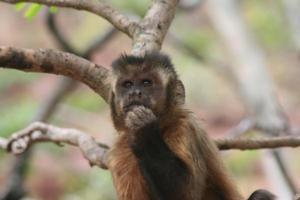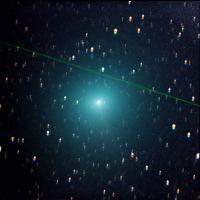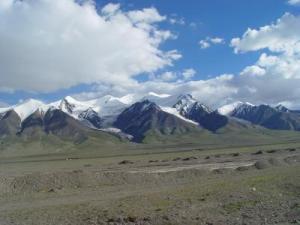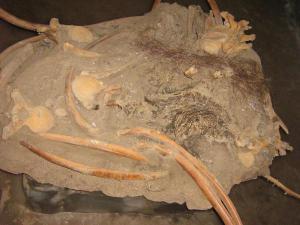A partial dinosaur skeleton unearthed in 1971 from a remote British Columbia site is the first ever found in Canadian mountains and may represent a new species, according to a recent examination by a University of Alberta researcher.
Discovered by a geologist in the Sustut Basin of north-central British Columbia 37 years ago, the bones, which are about 70 million years old, were tucked away until being donated to Dalhousie University in 2004 and assigned to then-undergraduate student Victoria Arbour to research as an honours project. She soon realized that the bones were a rare find: they are very well-preserved and are the most complete dinosaur specimen found in B.C. to date. They are also the first bones found in B.C.'s Skeena mountain range.
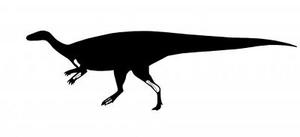
|
| ©University of Alberta, Edmonton, Canada
|
| This composite shows what bones were found and what the Sustut dinosaur may have looked like 70 million years ago.
|
